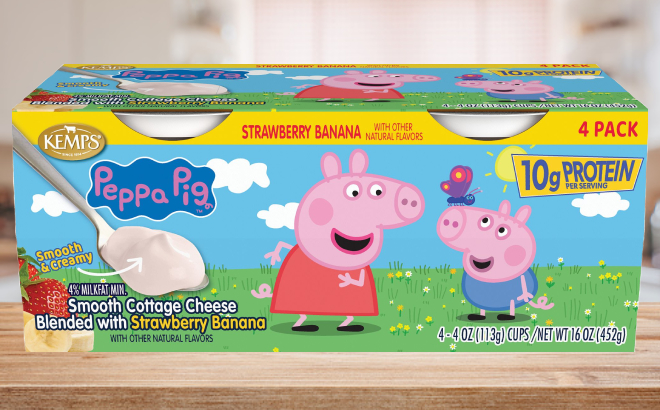


The bottom line? Closely read the ingredients on any product claiming to counteract the effects of blue light and don't underestimate the power of everyday products like sunscreen and serums. Inactive ingredients in tinted sunscreens - such as iron oxide - and active ingredients - such as zinc oxide and titanium dioxide - will block more visible light than chemical sunscreens," Sadeghian said. "There is evidence that tinted sunscreens tend to block more visible light than non-tinted sunscreen. Physical blocker sunscreens in particular can do a great job of curbing the hyperpigmentation that blue light can cause in melasma patients, and tinted sunscreens are another great option.
Cerave tinted sunscreen walgreens skin#
"These are the skin care essentials I recommend for blue light protection and everyday sun protection." "There is no downside to them, but it indicates the need for 'something else' in your skin care routine, which isn't necessarily true if you're already using an antioxidant serum and broad spectrum physical sunscreen 30+," Robinson said. They certainly sound great, but Shop TODAY was curious to know: What are the key ingredients they use, and are they really necessary? Over the last few years, a crop of skin care and makeup products have hit the market promising to shield your skin from the potentially harmful effects of blue light. Are blue light skin care products worth the hype? Too much blue light may also darken hyperpigmentation, especially in darker skin tones," Deanne Mraz Robinson, president and co-founder of Modern Dermatology, explained.
Cerave tinted sunscreen walgreens free#
"Some preliminary research shows that HEV can prompt the formation of free radicals, which break down collagen and cause inflammation, leading to redness, dark spots and wrinkles. "This is still a growing area of research, but evidence shows this disruption is not good for our health and it has an impact on skin and skin DNA repair."īlue light's long-term effects are still being researched, but some experts say that excessive exposure to the light can be somewhat similar to too much exposure to the sun's UVA rays. Azeen Sadeghian, a dermatologist advisor for AI-powered skin symptom checker app Aysa, said. And what impacts the circadian rhythm has the potential to impact the whole body," Dr. "Blue light has a major impact on the circadian rhythm, which is the body’s natural sleep rhythm clock. That can also inadvertently affect your skin. Why is blue light bad for our skin?įor years, sleeping experts have recommended that we all put down our devices before bedtime since blue light can disrupt our sleep cycle.

You can be exposed to blue light while using a plethora of devices, but the most common ones are phones, tablets, computers, TVs, LED devices and fluorescent lights. Edidiong Kaminska, a board-certified dermatologist in Chicago and fellow of the American Academy of Dermatology, told TODAY.

It is a type of high energy visible (HEV) light that the human eye can see," Dr. "Blue light is part of the visible light spectrum. Whether you work on a computer all day long or are attached to your smart phone, we're all exposed to blue light while using our go-to devices. These days, you'd be hard-pressed to find anyone who doesn't spend a fair deal of time staring at screens on a regular basis. What is blue light and how are we exposed to it? In our increasingly tech-savvy world, we've learned that the devices we rely on so much emit something called blue light that can pose its own set of skin care concerns.īut what exactly is blue light and what sort of impact does it have on our skin? And do those skin care products claiming to shield your skin from blue light really work? Shop TODAY is just as curious as you are, so we consulted dermatologists to get some insight on this emerging beauty mystery. Gone are the days when the only type of light exposure we had to worry about was sunlight.


 0 kommentar(er)
0 kommentar(er)
